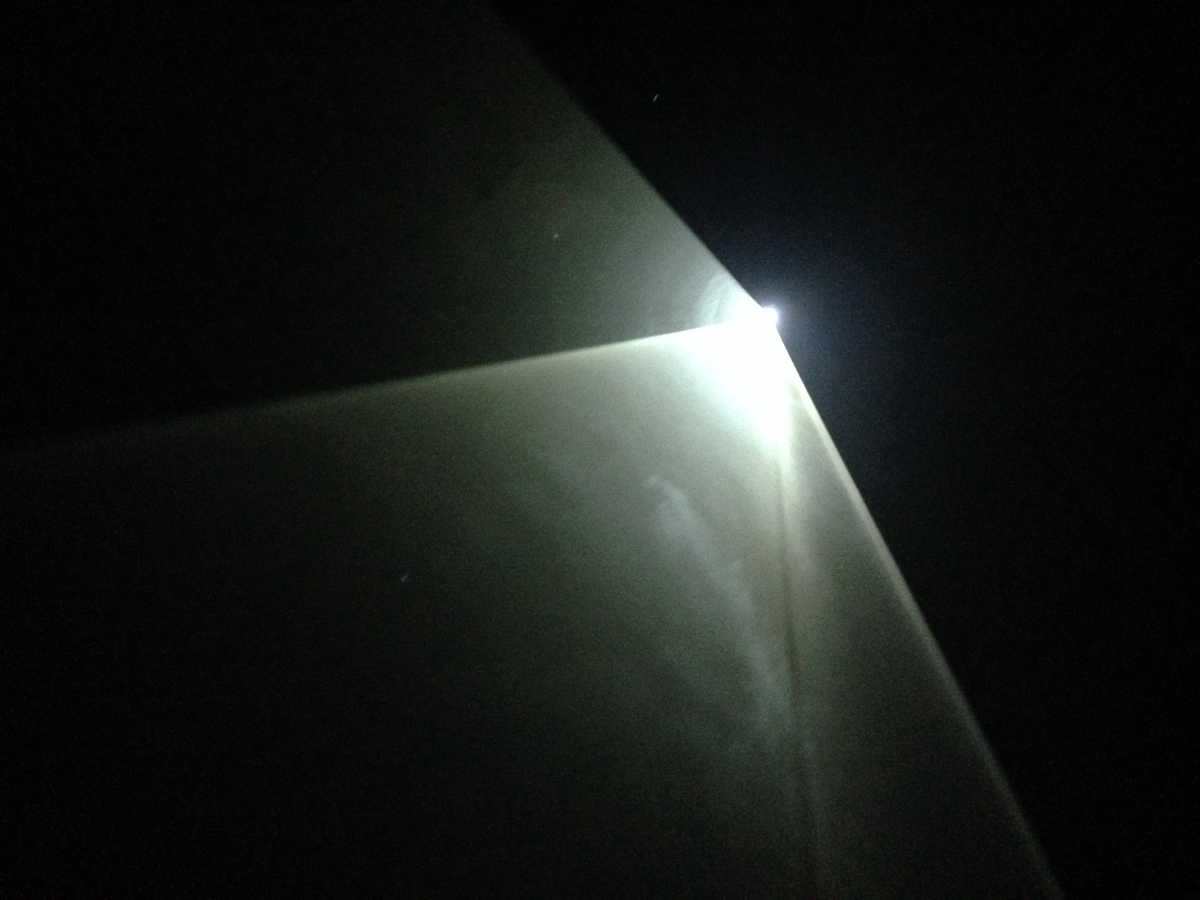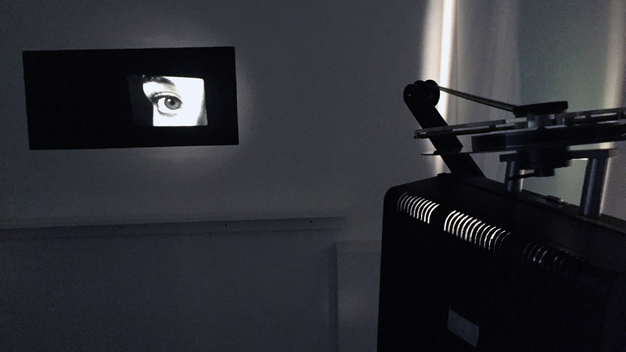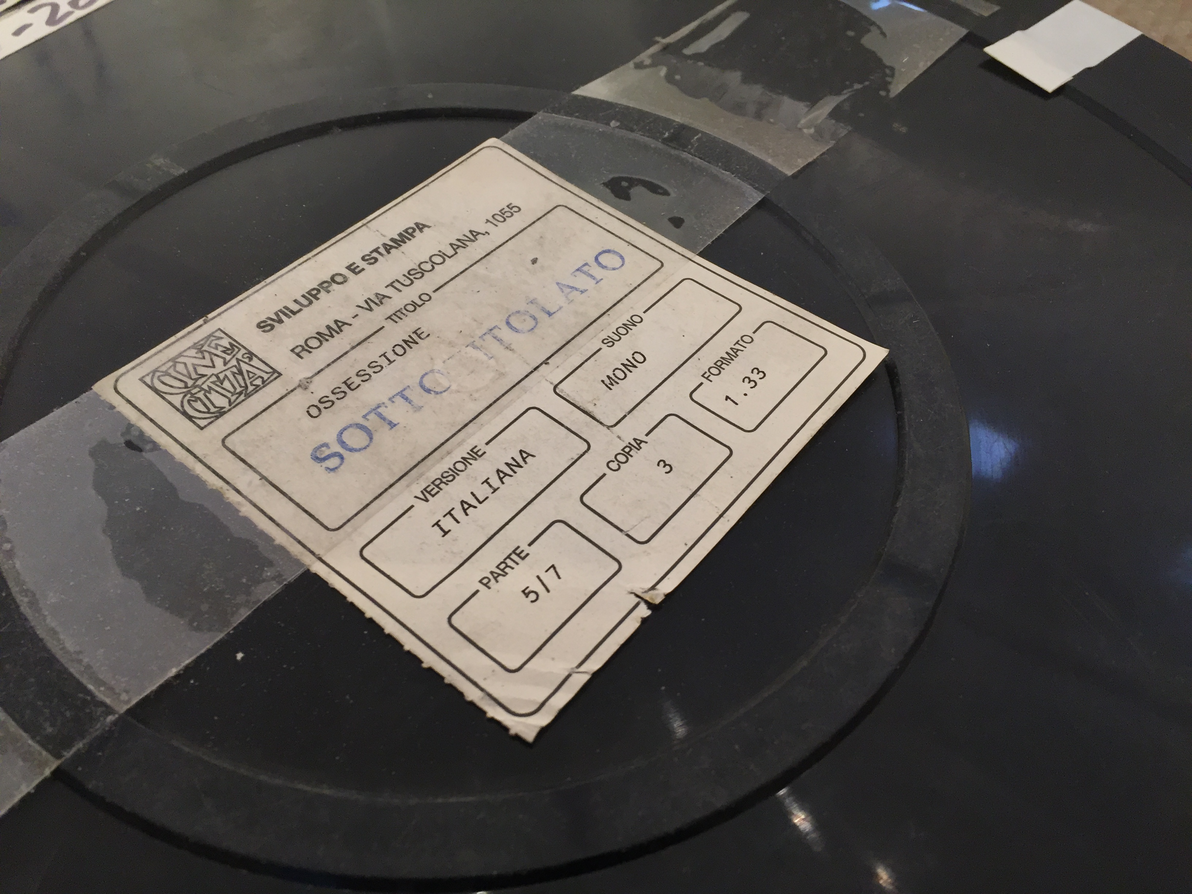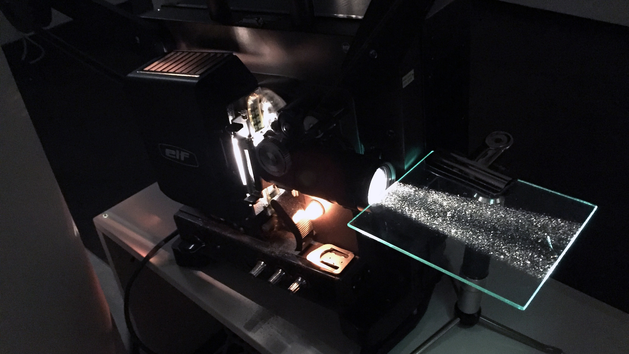Introduction
In recent decades, digital technologies have given rise to increasingly diverse forms of moving imagery, proliferating content throughout our daily lives. Within this context of rapidly changing media, light remains an intrinsic and potentially expressive aspect, regardless of the shape, form and resolution that specific capture and display devices might take. Amongst significant academic and industry discourse, the variations or similarities of projected light, and their creative potential, are underexplored areas of the transition to digital moving image technology. Hence, this research seeks to better understand the unifying qualities of light across various moving image formats, primarily small gauge analogue and high definition digital technologies, through direct creative inquiry. As such, this investigation has been guided by several research questions, such as: what can be learned through a comparison and cross-fertilisation of analogue and digital projection in moving image installation? How do the material considerations of each format influence a practitioner’s control of light?
In order to investigate these research questions fully, I have pursued theoretical and practical strands of enquiry in dialogue with one another. The creation of a series of experimental installation artworks has been a central focus of this enquiry and is documented in parallel weaves within this exposition, entitled Camera/Projector (2014), Piccadilly Circus (2015), and #Life_Drawing (2017). With these artworks I sought to achieve “inter-operations” where film and digital moving image projections collide through juxtaposition, imposition or alternation. In so doing, the intricate qualities of light, or the way that each medium captures and reproduces light, are revealed through the co-existence of the two formats.
The theoretical ramifications, or disruptions, of the transition from analogue to digital technology in moving image production and exhibition have been widely analysed in the field of film studies. For instance, David Rodowick’s The Virtual Life of Film (2007), one of the most notable contributions on this topic, offers a comprehensive account of the digitisation of time-based media. He argues that the interpolation of light into discrete binary information, as conducted by digital capture and display processes in cinematography, entails a sensory engagement with moving imagery that is fundamentally distinct to analogue ‘filmic’ media. In Rodowick’s (2007, p. 94) view, “what appears on electronic and digital screens does not fully conform to the criteria by which in the past we have come to recognize something as a created, aesthetic image”. Explaining these changing criteria, he outlines an epistemological rupture - or gap - between the study of analogue and digital forms, as the “powers of mutability and velocity of transmission” in digital processes serve to break what had been perceived in analogue production as the perceived temporal and physical connections of imagery to its originating moment of exposure.
Within a critical discussion of light and moving imagery, the question of medium specificity across analogue and digital moving imagery persists. However, this debate is well documented elsewhere[1] and so will not be analysed in depth in this exposition. I acknowledge Rodowick’s view regarding the different sensory engagements that these forms of capture and display necessitate. However, this research focuses on the contemporary landscape of moving image production and exhibition, in which both formats exist with equal, although debatable, economic and technical merits and can therefore be employed based on the practitioner’s creative goals. As such, this exposition seeks to explore opportunities for co-operation, or co-creation, between the formats, rather than differences. This context is further discussed in the weave of this exposition, entitled Passages of Light.
The value of practice-research enquiries in this vein is outlined by Andreas Fickers and Annie Van Den Oever in the concluding section of Techne & Technology (2014), their edited collection of cinema and media technology studies. They argue that attentive first-hand investigation is required to correctly understand the impact of blurring media technologies such as, in this instance, changing lighting paradigms. Fickers and Van Den Oever’s notion of “experimental media archaeology”, a line of enquiry inspired by Jussi Parikka and Erkki Huhtamo’s (2011) writing on the significance of anachronistic readings across media, is an important methodological reference for this research enquiry. This perspective gives theoretical attention to relations between so-called ‘old’ and ‘new’ media, emphasising the power of what would typically be considered outmoded or obsolete media to reveal and inform current cultural practices. Taking these notions further, Fickers and Van Den Oever (2014, p. 275) highlight the power of “tinkering” or “opening the black boxes” to suggest that active engagement with diverse forms of media enables scholars to close an epistemological gap between linguistic and sensual ways of understanding media.
The collection of autoethnographic notation has been a principal evidence-gathering method of my research. This process primarily took the form of voice recordings made at regular intervals during the creation of each project, which have subsequently been transcribed and distilled for presentation here. My recordings sought to capture practical insight and creative challenges that I experienced when working with light during each project, drawing upon an anthropological mode of analysis known as “thick description”. Clifford Geertz (1993) popularised this method during his investigation of cultural symbols and argued that extensive detail about the research environment is required to capture the context surrounding the behaviour of ethnographic subjects.
As highlighted by Margot Duncan (2004), ensuring that such accounts are scholarly, justifiable interpretations rather than personal opinion necessitates the use of multiple sources of evidence to provide data that can confirm and triangulate my findings. As such, the three parallel weaves of this exposition incorporate supplementary material such as working sketches and photographic and video documentation of the artworks, to further represent my creative processes. Through this process of verbalization, reflection and documentation, the exposition attempts to convey my practice-research journey, or an account of it, which emerges from embodied forms of understanding such as “tacit” or “personal” knowledge.
Further to this, I have incorporated excerpts of my transcribed autoethnographic notations alongside critical discourse, which appear when the cursor is moved over relevant photographic documentation. These sections attempt to illustrate and further the theoretical discussion, taking inspiration from an approach described in ethnography as a “layered account”, which employs introspective reflection to break free of conventional academic forms of writing. According to Carol Rambo Ronai (1995, p. 396), the layered account is a “narrative form designed to loosely represent to, as well as produce for, the reader, a continuous dialectic of experience, emerging from the multitude of reflective voices that simultaneously produce and interpret a text.” Ronai argues that the descriptive flexibility and personal perspective embraced in layered accounts can make different “ways of knowing” available to the reader, therefore making this an effective way of capturing or bridging the distinct practical and theoretical understandings implicit in this research enquiry.
[1] For example, Enrico Terrone’s The Digital Secret of the Moving Image (2014) explores the definition of cinema, finding some common terminology between photochemical and digital processes in his argument that moving images are a type that signifies the spatiotemporal distribution of pixels. In his view, type refers to a normative establishment of the visual features a correct instance of work ought to exhibit, while pixels refer to values of light which can be conveyed by a multiplicity of particular points of light. By contrast, Markos Hadjioannou’s From Light to Byte (2012) discusses the representational treatment of reality as truthfulness, suggesting that the newness of digital moving imagery lies in how it connotes (rather than denotes) reality, creating a sense of existential withdrawal in both the creator and the viewer. Taking another approach, Sean Cubitt’s Making Space (2010) outlines how the arrangement of light into binary values performed by digital sensors and display technology relates to the Cartesian grid of two-dimensional geometry through a detailed historical discussion of bitmap, colour management, and video codecs.
[2] Reflection on Anthony McCall’s Solid Light Films and Other Works exhibition at the Eye Film Museum in Amsterdam, November 2014.
[3] Reflection on Guy Sherwin’s Light Cycles exhibition at the Christine Park Gallery in London, 25th February 2016.
[4] Reflection on projecting Ossessione (1943) at the Centre for Contemporary Arts Cinematheque in Santa Fe, 2nd July 2016.
Continue to Camera/Projector





